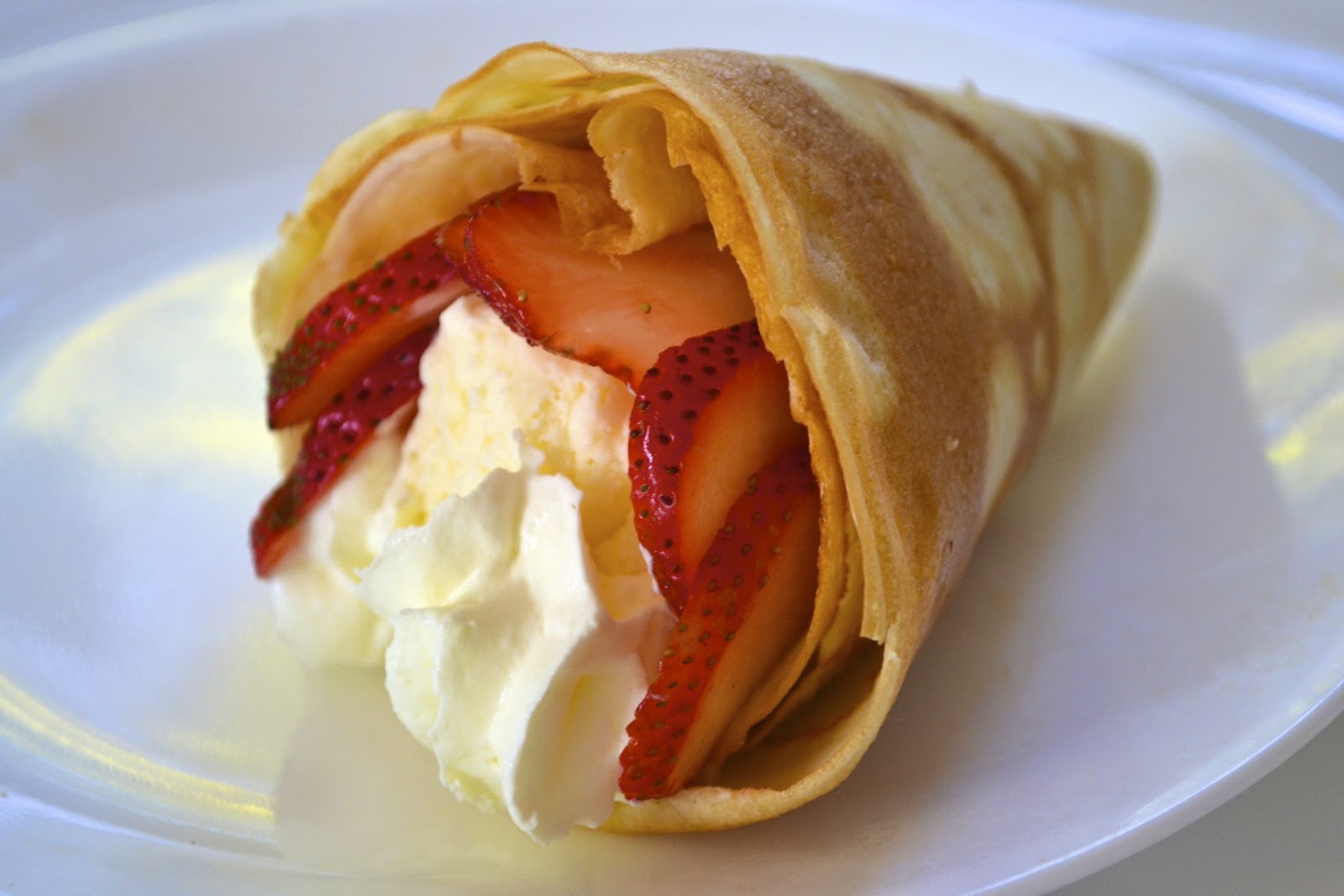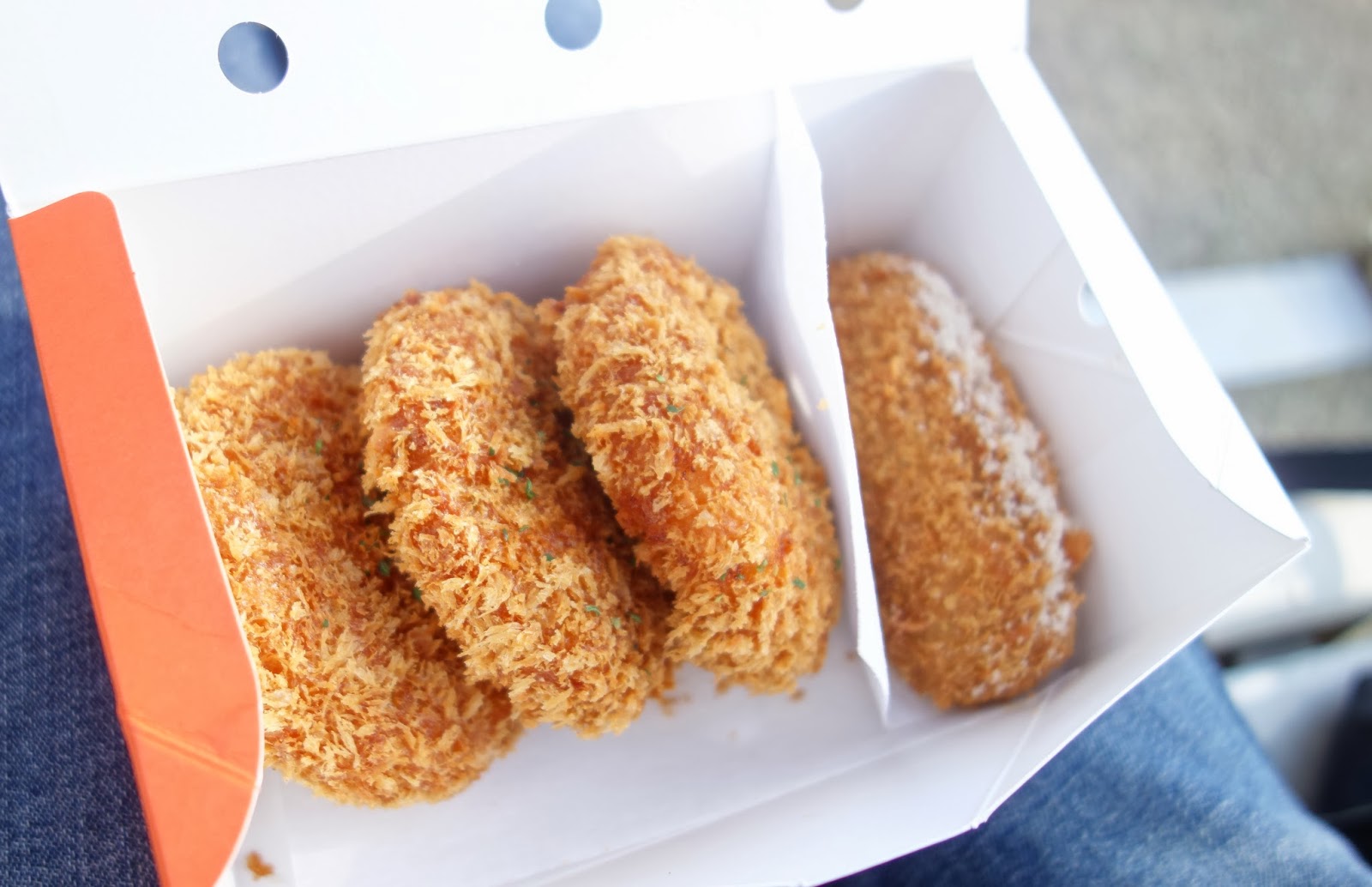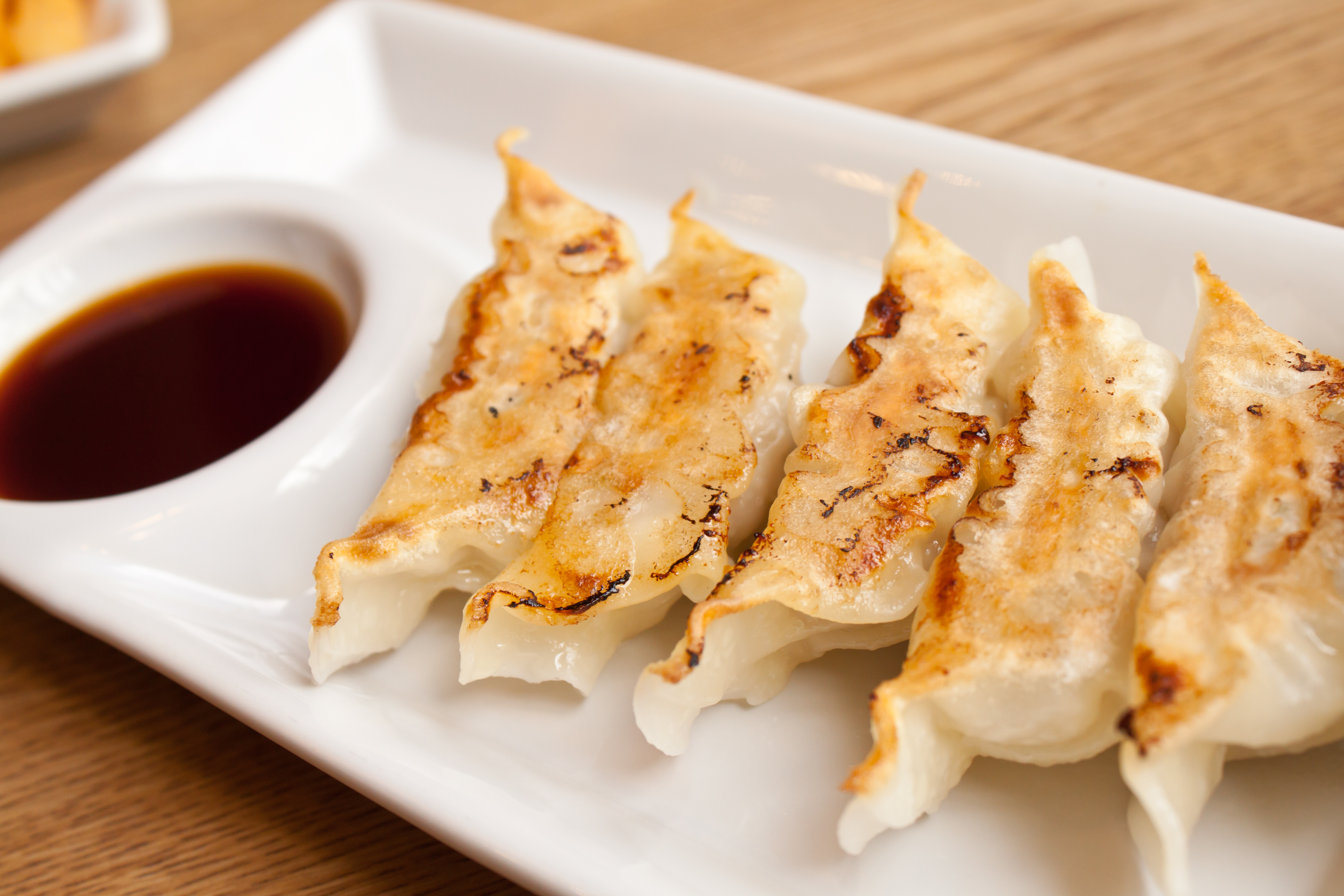Where to Find the Best Steakhouses in Japan
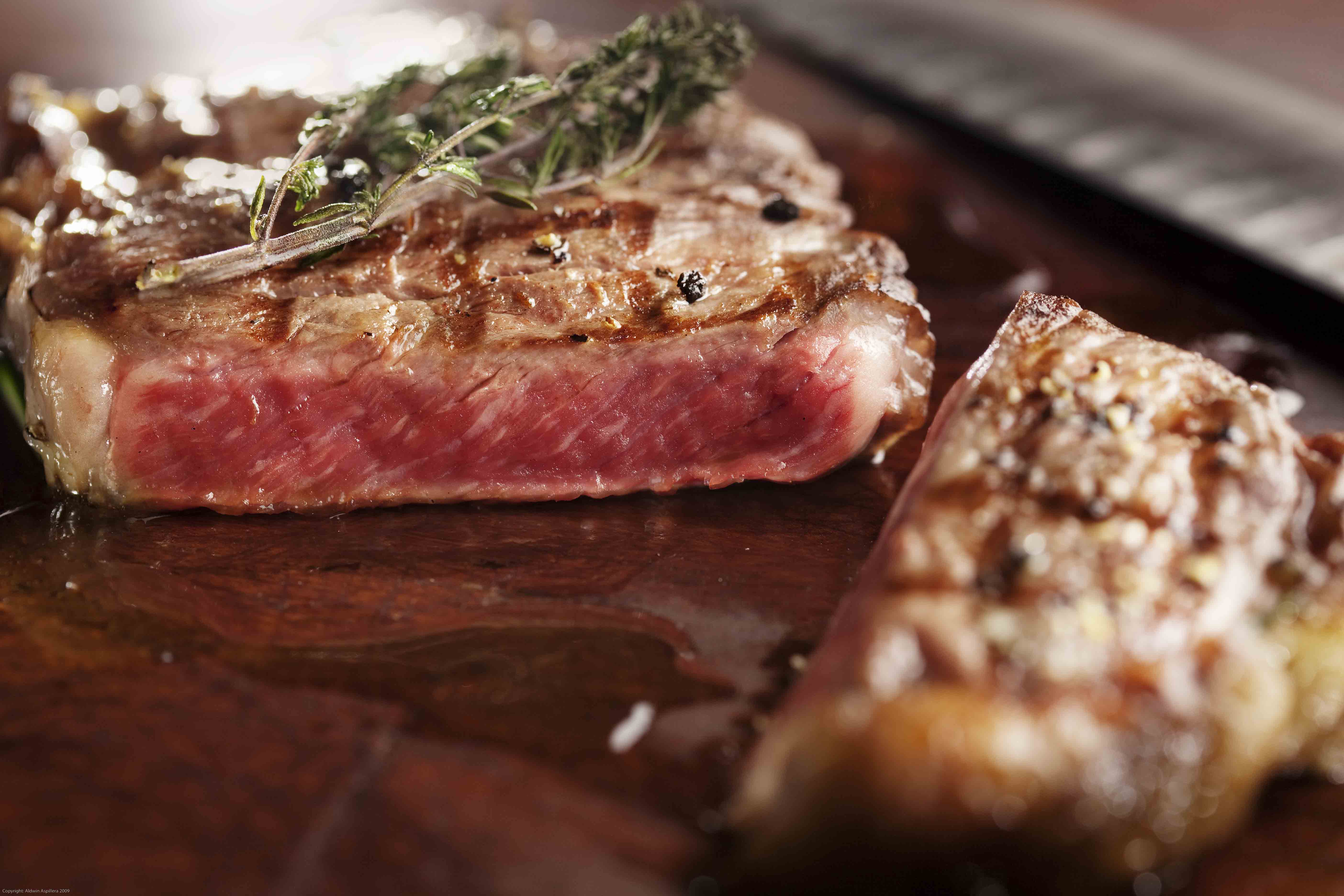

To find out why Japan has become one of the top culinary hotspots for beef, we would have to go back in time to the history of how wagyu beef came about. Japanese beef has been coined ‘the caviar of beef in Japan' by CNN.
It was known that in the past, in Japanese culture, because of the Buddhist leaders during the Edo period who put a ban on the consumption of meat, no one bothered to over feed or stuff their cattle with food. However after when Japan was no longer under shogunate, during the Meji restoration period, people started to eat the cattle in their farms. This cattle was not made for slaughter, stuffed with milk and food in order to grow fat in 22 months (like western beef), the cattle was genuine working cattle since birth and hence the taste, texture and marbling of the beef was different – who knew it would taste so delicious?
Other than the way that the cattle is raised and later slaughtered, what makes the wagyu beef so significantly different from beef in the west is its pervasive marbling.
Wagyu Japanese beef has a smooth velvety texture and its rich yet delicate juicy flavour will linger on the palate. The Japanese categorise their beef into 4 different categories: Japanese Black, Seed Japanese Brown, Japanese Shorthorn and Japanese Polled.
The Japanese Black beef accounts for 80% of all the wagyu beef in Japan and has a grade of A5, the highest possible grade given only to the finest beef. The standards of grading beef is very precise and of utmost quality. The A of A5 refers to the yield and the 5 of A5 refers to the quality grade. Unlike the yield grade, the quality grade has several components to it – marbling, meat color and brightness, firmness and texture of the meat and color, cluster and quality of the fat.
You must be thinking ‘WHAT?’ so much goes into the selection of wagyu beef. This is why it is also very easy to differentiate the good restaurants from the bad ones – if you plan to eat wagyu beef in Japan, go for the best! They say go big or go home, right?
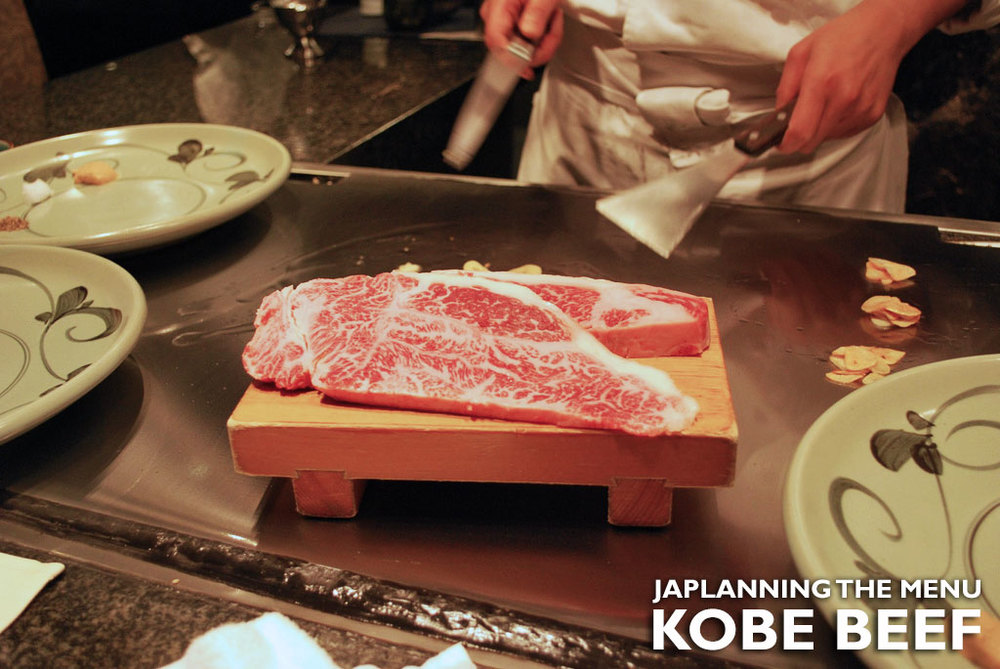
Expect to be treated as a king or queen when you enter Kobe Beef Kaiseki 511. Located in a rather private and intimate setting away from all the business districts of Tokyo, it is a very lovely place to bring your lover, friend or family. The name 511 stands for grade 5 beef and 11 is the marbling value.
Using nothing lower than the highest A-5 grade beef that is carefully handpicked by the head executive chef – the wagyu picked scores 11 out of 12 on the BMS (beef marbling score) all the time.
A famous saying by Masaharu Morimoto goes ‘’Japanese Chefs believe our soul goes into our knives once we start using them. You wouldn’t put your soul into dishwater’’
The wagyu beef grilled in a pot that is heated over 1000 degrees with Japanese binchotan charcoal, in order to enrapture the delicious flavours the wagyu A5 beef has to offer. As the restaurant's belief goes, with handpicked ingredients cultivated with passion, time and devotion, Kobe Beef Kaiseki not only brings to the table a dish of culinary excellence but also, simply put, a plate of happiness.
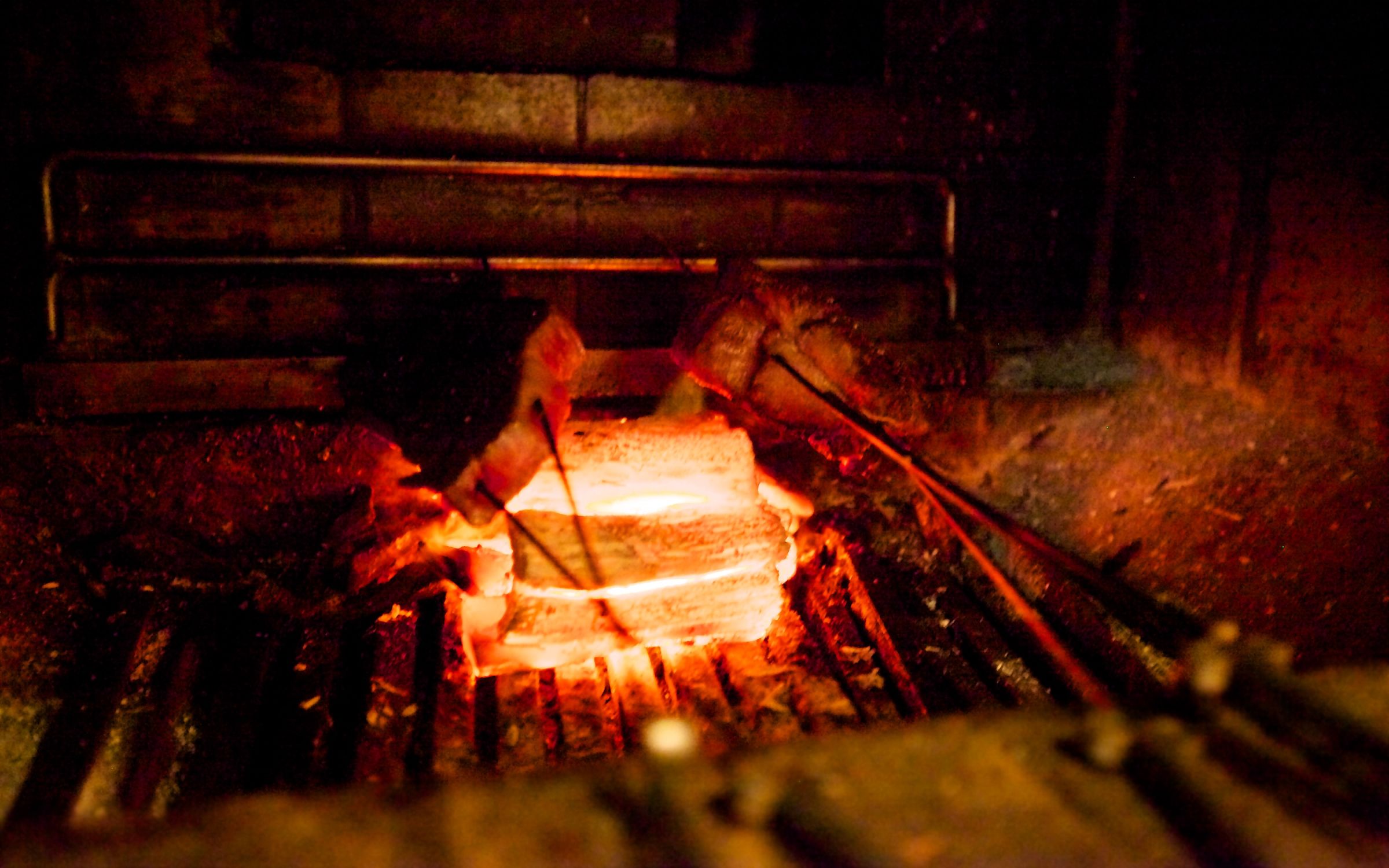
A Michelin starred restaurant that offers only one choice: steak. Choosing either a filet from Yonezawa in Yamagata or a highly marbled sirloin from saga, the end result is that you will leave the restaurant feeling satisfied and appeased that you have probably tasted one of the best wagyu in Japan.
Anyone knows that the mark of a successful restaurant would be being able to excel in not only the food but atmosphere and service. Safe to say, Dons de la Nature satisfy all the requirements. The chef – who you can tell, lives and breathes steak – will run through with you the process in which he picks the beef from the auction and ages the beef for over 2 months for it taste as sublime as it does.
The wagyu is dry-aged for the first month in order to increase the natural umami in the meat and the second month it is wet-aged, to turn the fats into amino acids. Dons de la Nature serves up steak that is nothing short of amazing.
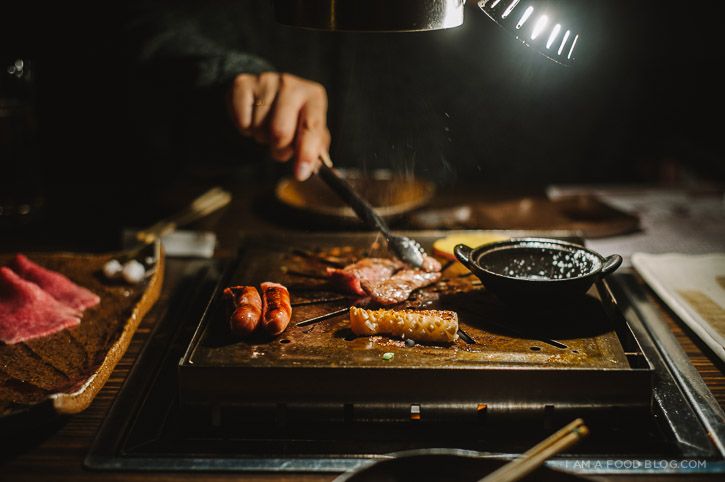
Yakiniku Steak Atsushi provides Japanese meat with a Korean twist. Walking into the restaurant you will be highly impressed by the interior design. It is a very 21st century restaurant with sleek designs and dark wall linings, often making customers feel like they are eating straight out of a black bento box. With a wide variety of a la carte food choices to pick from, you definitely should not miss out on the prime marbled cuts as well as the more lean cuts. If you are an oenophile, you will be extremely impressed by the collection of wines that Yakiniku has at their restaurant.
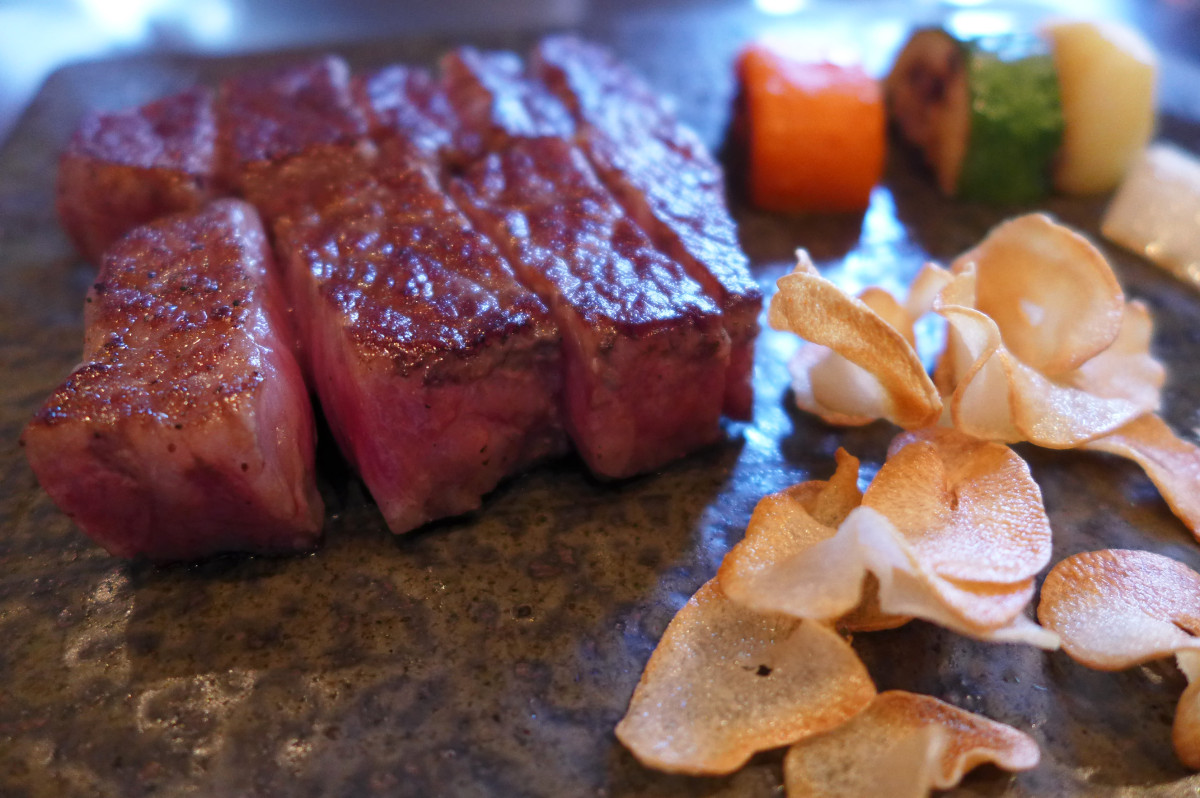
4. Kawamura
Many rave online about how this beef steakhouse is the most brilliant beef steak that they have ever tried before. Coming first to other steakhouses in US, Argentina, Uruguay, Brazil and Italy, it makes you wonder what is so good about the beef. A tepenyaki steakhouse that serves only the best beef. Though a marbling level less than the kobe beef 511, of 10 out of 12, the atmosphere of the restaurant is amazing and a contemporary interior design. It is said that when the chef will come in and explain to you how they rear the beef – pictures of the cow that you are eating will be shown to you! So will the cows birth certificate and family line. Truly an amazing education experience.
Have a favourite beef steakhouse not mentioned above? Leave a comment below! We would love to hear about it! 🙂
Image Credits: 1 / 2 / 3 / 4 / 5
[icegram campaigns=”612″]



